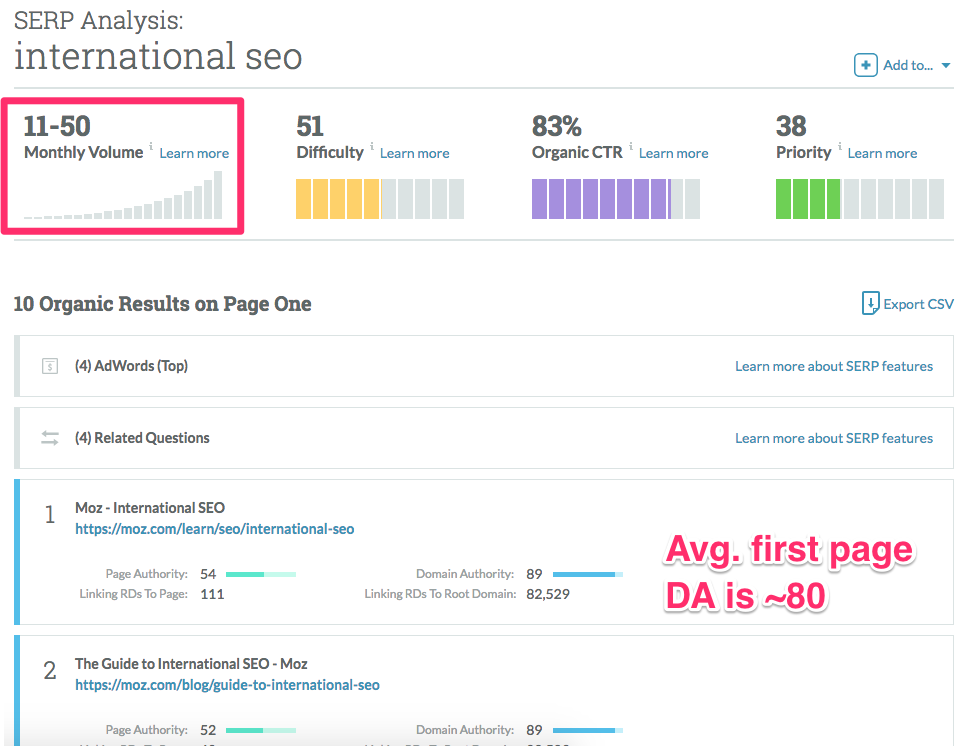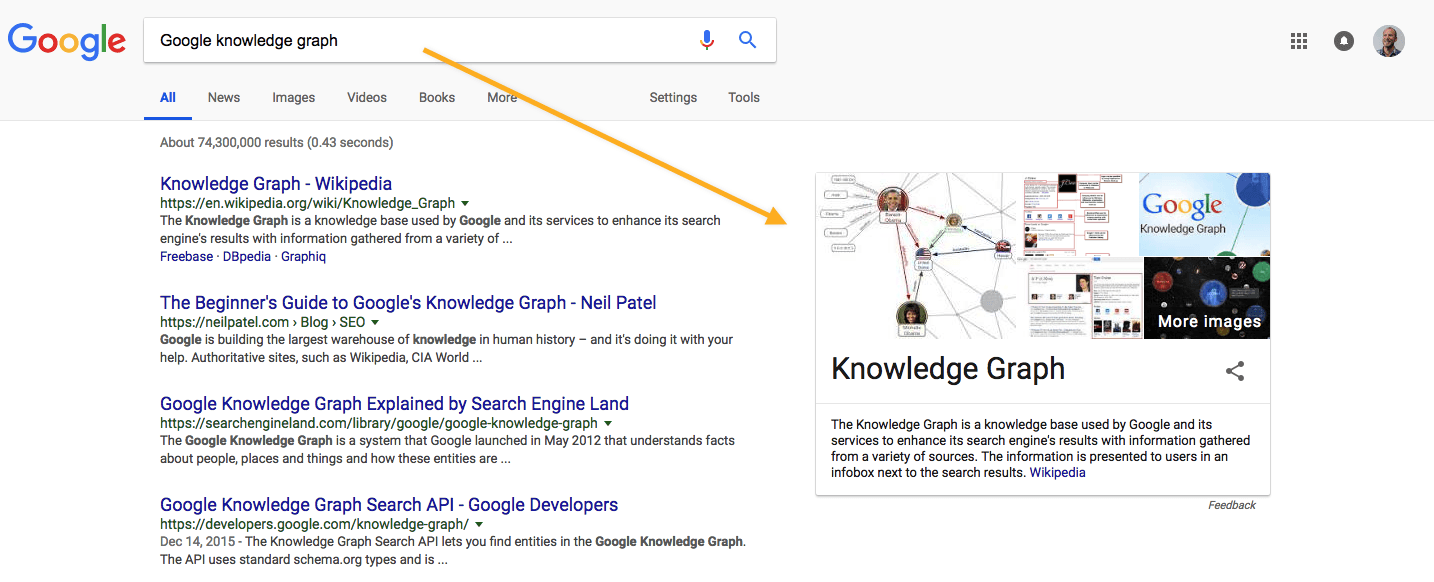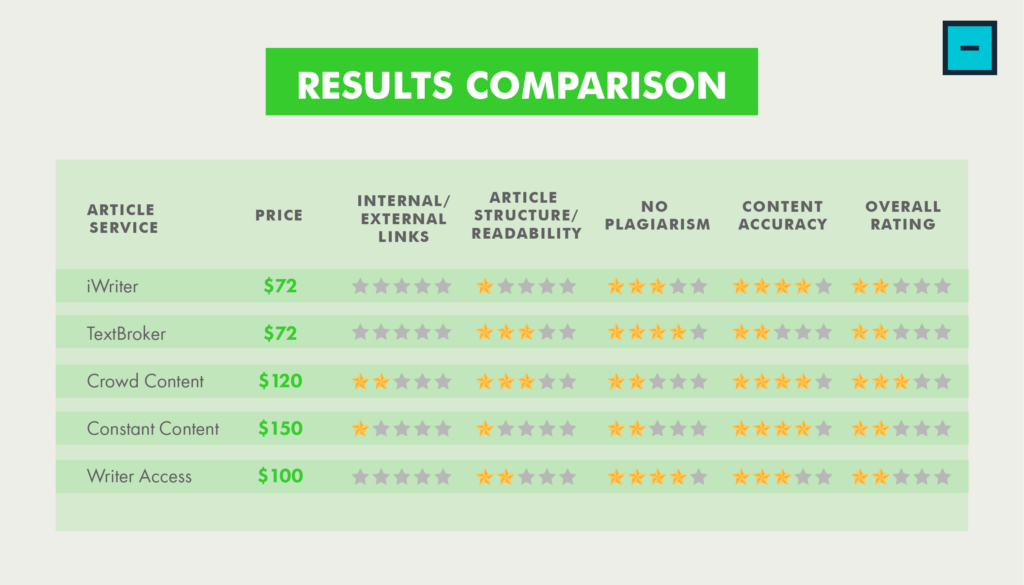This ain’t 2005.
This ain’t “everyone should be blogging.”
This ain’t “but blogging is free!”
Overall, the content space is still pretty immature. Not as professional or organized or cut-throat competitive as SEO or Google Ads.
But that doesn’t mean it’s getting any easier, either. ‘Cause it ain’t.
In fact, it’s rapidly doing the opposite, getting harder and harder and harder every single passing year.
So much so, that it almost doesn’t make sense to even bother with content marketing unless you can be the best of the best. Here’s why.
How the ‘Rich Get Richer’ on Google
More people scroll today than ever before.
That should, in theory, mean around-the-fold ranking positions should get more clicks. SERP CTRs should be distributed more evenly.
Except, that’s still not really the case.
The first five positions still get pretty much all of the action – as much as 90 percent according to some studies. That leaves a paltry ~5 percent or less for everyone else outside the top five.
Mobile, unfortunately, is even worse. SparkToro’s research shows that paid CTR has actually grown while organic’s has continued to decline.
Buckle up, because the future’s about to become a lot bleaker.
Just a few years ago, BuzzSumo partnered with Moz to perform a study that found “75 percent of blog posts receive fewer than 10 shares and zero links.” There are a few reasons for this, including two big ones:
In other words, as competition and quantity grow, your odds of sticking out become less and less.
Except, the quality bar is also rising substantially, too.
Pick any top of the funnel marketing topic to instantly see this in play. Take “international SEO.”
- The volume is low and not growing,
- While the competitiveness is off the charts, with an average DA of around ~80+.

Question: Should you try to write a long-tail blog post about “international SEO”?
Answer: Hell no! Not based on this at least.
Because you’re not just competing against the competition anymore, but also Google themselves.
They’re actively ripping you off ‘borrowing’ your content to provide Instant Answers for queries with the Knowledge Graph.

These instant results are so effective…
“How effective are they?”
… they’re so effective, that 40 percent of searches end without a single click according to one study. Zero-Result SERPs are actually becoming a thing.
None of this suggests SEO or content is becoming less important. The opposite is true in fact.
The problem is that the stakes today are different. So the way you go about it needs to be different, too.
Stop pumping out a bunch of mediocre content like it’s 2005, and start doing this instead.
Quality Over Quantity: Why Doing Less (But Making It Better) Is a Better Predictor of Success Today
Last year, we ran a case study on content quality.
We purchased five articles on the same topic from five different content creation platforms.

Beyond just length, we analyzed them based on ranking factors and best practices, like a proper heading hierarchy, internal and external links, visuals, basic grammar, and plagiarism.
Then, we asked over a dozen industry experts to weigh in on whether they would publish each article or not. Each expert runs one of the most successful sites in their space, known primarily for their content quality.
Let’s just say the results weren’t pretty.
❌ Three out of five services copied (borderline plagiarized) points from the content already ranking for that query.
❌ Three out of five services also lacked any internal or external links. None include images.
❌ Of the 12 experts, only one said they’d consider publishing one of the articles (and that was only after some changes).
The average price for all of the articles was around $100/each.
And that’s exactly part of the problem. Because ‘good’ content isn’t ‘good enough’ today when you compare it to the trends playing out on today’s SERPs.
Orbit Media’s annual blogging survey proves this point. There’s a gulf between what (a) most bloggers do and (b) what the most successful bloggers do.
✅ One spends three hours writing an article, while the other spends over six.
✅ One relies solely on their own experience, while the other collaborates with influencers.
✅ One writes a few hundred words, while the other routinely writes a few thousand.
The biggest takeaway is that one is half-assing it, while the other is killing it.
In my interview with Andy Crestodina, the founder of Orbit Media and brains behind that study, he confirmed that the reason some people see more content success is that they’re simply investing twice the resources into fewer pieces of content.
“It’s basically one in five bloggers do six or seven things that lead to much better results than the rest of content marketers,” said Andy. “And the difference is big. It’s a big difference.”
That’s why he spent over 150 hours on that single survey. That’s why he only produces around two new articles a week. And that’s why he can justify doubling down on each piece of content because the results and ROI will be substantially greater.
“What is not obvious until you’ve been doing it for a little while is that effort is linear, but results are exponential. So working twice as hard on something sounds crazy. But, actually, if you get four times the results by working twice as hard, it is efficient. You know, working ten times as hard on something? Why would I do that? Because marketers that put in 10x effort get like 100x the results.”
Bring this back to the beginning. The first five spots in Google get ~90 percent of the interactions.
Over time, that means the compounding results of those in the first three positions aren’t just seeing ~20 percent more clicks than the site in the tenth position, but 200-2,000 percent more.
Conclusion
If you have the resources to do 10 articles a day, every day of the week, that are at least a seven out of 10 in quality (à la HubSpot), go for it.
But most don’t. Few do. Most can’t afford to invest that much and wait that long for the flywheel to take off, breakeven, and produce a profit.
Fortunately, there’s another approach that’s a safer bet.
Focus on fewer content pieces, but make each at least a nine out of 10.
Invest 50 percent more time and money than you normally would into each piece, including expert quotes, custom graphics, better writing, and more. Then, come back to these pieces over time and continually update them.
Because the competition is rising, getting better and smarter. While Google is increasingly stealing repurposing clicks from organic rankings conveniently to their own money-making properties.
Position 5 today might as well be position 50. There is virtually no difference in the results you’ll see.
So if you can’t be number one, don’t bother. Pick another search query, topic, sub-niche, or content type to target.
And become the best at it.
More Resources:
- 5 Reasons Why Your Company Might Not Need SEO
- 3 Easy Steps to Make Your Content Work Harder
- Content Marketing KPIs: Your Guide to Picking the Right KPIs for Content
Image Credits
Featured Image: Pixabay.com
Screenshots taken by author, March 2019





